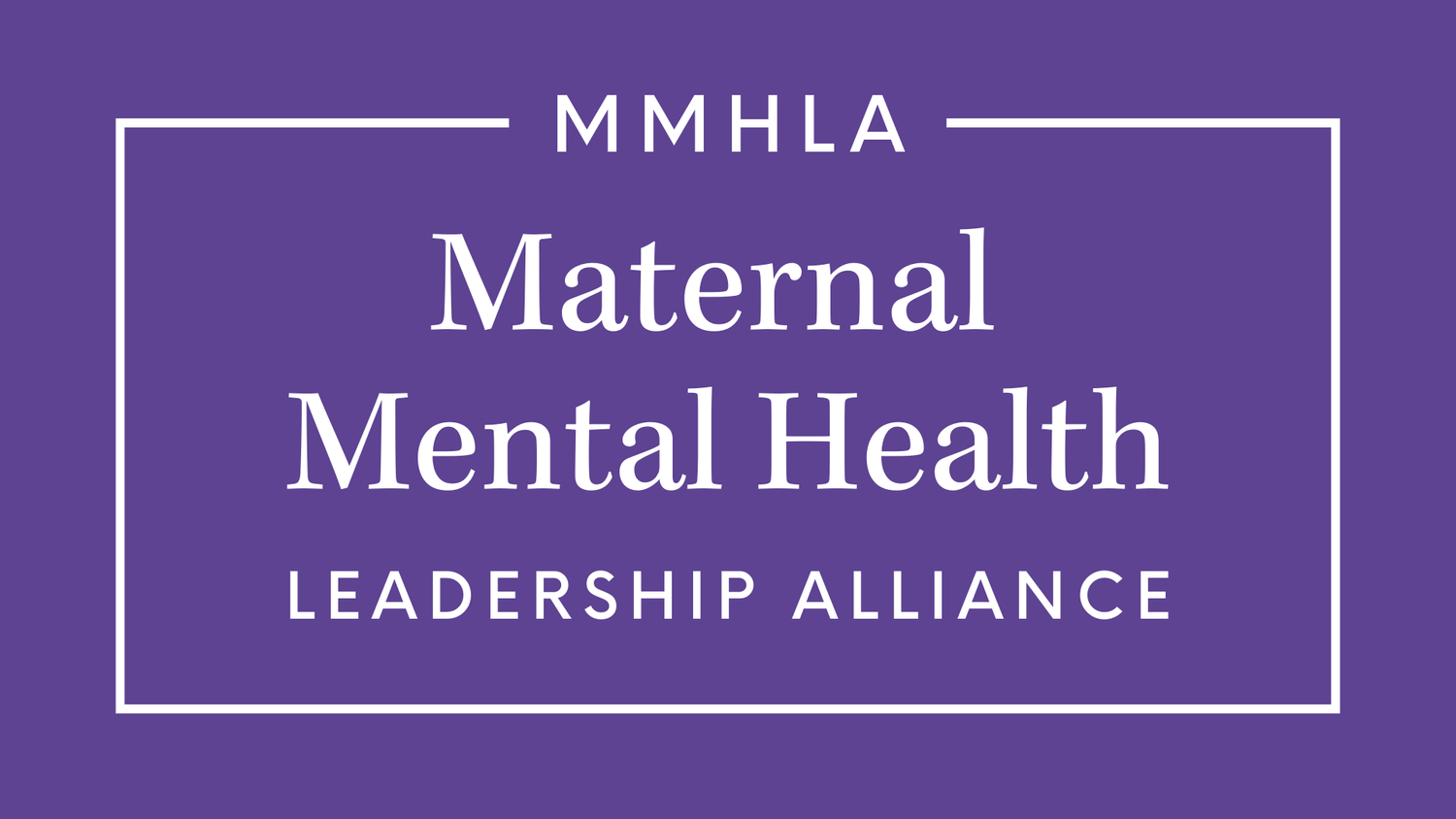New National Guidance on Screening for Anxiety and Depression
In June 2023, the United States Preventive Services Task Force (USPSTF) issued new guidance for screening for anxiety, depression, and suicide risk in adults, including pregnant and postpartum women and birthing people.
This is the first time that the Task Force has issued recommendations for screening for anxiety in adults. The Task Force’s recommendations for screening for depression and suicide risk updates and combines previous recommendations from 2014 (suicide risk) and 2016 (depression). The Task Force is also working on developing recommendations for preventative interventions for perinatal depression.
The recommendations for screening for anxiety include the following specific provisions for pregnant and postpartum women and birthing people:
Patient Population. This recommendation applies to adults (19 years or older), including pregnant and postpartum women and birthing people.
Importance. Generalized anxiety disorder has an estimated prevalence of 8.5% to 10.5% during pregnancy and 4.4% to 10.8% during the postpartum period.
Screening Tests. Brief tools have been developed that screen for anxiety disorders and are available for use in primary care. Selected screening tools widely used in the U.S. include the Edinburgh Postnatal Depression Scale (EPDS) anxiety subscale.
Treatment or Interventions. Clinicians are encouraged to consider the unique balance of benefits and harms in the perinatal period when deciding the best treatment for an anxiety disorder for a pregnant or breastfeeding women or birthing person.
Additional Tools and Resources. Perinatal Psychiatry Access Programs are population-based programs that aim to increase access to perinatal mental health care. These programs build the capacity of medical professionals to address perinatal mental health and substance use disorders.
Other Recommendations. The American College of Obstetricians and Gynecologists recommends screening patients at least once during the perinatal period for depression and anxiety symptoms using a standardized, validated tool. It also recommends that clinicians complete a full assessment of mood and emotional well-being (including screening for postpartum depression and anxiety with a validated instrument) during the comprehensive postpartum visit for each patient.
The recommendations for screening for depression and suicide risk include the following specific provisions for pregnant and postpartum women and birthing people:
Importance. Depression is common in postpartum and pregnant women and birthing people and affects both the parent and infant. Depression during pregnancy increases the risk of preterm birth and low birth weight or small-for-gestational age. Postpartum depression may interfere with parent-infant bonding. Data from the Pregnancy Risk Assessment Monitoring System has shown a recent increase in self-reported depression during pregnancy, from 11.6% in 2016 to 14.8% in 2019.
Condition Definitions. Perinatal depression is defined as depressive episodes that occur during pregnancy and the postpartum period (the first 12 months following delivery). In addition to common symptoms of depressive disorders (e.g., feeling sad or loss of interest in activities), other symptoms during the perinatal period may include difficulty bonding with the infant, persistent doubt in parenting abilities, and parental thoughts of death, suicide, self-harm, or harm to the infant.
Screening Tests. Commonly used depression screening instruments include the Patient Health Questionnaire (PHQ) in various forms in adults, and the Edinburgh Postnatal Depression Scale (EPDS) in postpartum and pregnant women and birthing people.
Screening Intervals. There is little evidence regarding the optimal timing for screening for depression; more evidence is needed in both the perinatal and general adult population. Ongoing assessment of risks that may develop during pregnancy and the postpartum period is also a reasonable approach.
Treatment or Interventions. Clinicians are encouraged to consider the unique balance of benefits and harms in the perinatal period when deciding the best treatment for depression for a pregnant or breastfeeding woman or birthing person.
Other Recommendations. The American College of Obstetricians and Gynecologists recommends screening patients at least once during the perinatal period for depression and anxiety symptoms using a standardized, validated tool. It also recommends that clinicians complete a full assessment of mood and emotional well-being (including screening for postpartum depression and anxiety with a validated instrument) during the comprehensive postpartum visit for each patient.
Additional Tools and Resources. Perinatal Psychiatry Access Programs are population-based programs that aim to increase access to perinatal mental health care. These programs build the capacity of medical professionals to address perinatal mental health and substance use disorders.
About the United States Preventative Services Task Force (USPSTF)
The USPSTF is an independent, volunteer panel of national experts in disease prevention and evidence-based medicine. The Task Force works to improve the health of people nationwide by making evidence-based recommendations about clinical preventive services. Recommendations made by the USPSTF are independent of the U.S. government. They should not be construed as an official position of the Agency for Healthcare Research and Quality or the U.S. Department of Health and Human Services.
The Task Force assigns a grade (A, B, C, D, or I) to each recommendation to reflect the strength of the recommendation. Both recommendations discussed in this article have a grade of “B,” meaning that the Task Force highly recommends implementation of these guidelines for preventive care. Moreover, it means that these services have a moderate or high net benefit for the patient. It is important to note that the Affordable Care Act, passed in 2010, requires private insurance plans to cover preventive services, including any USPSTF recommendation with a grade of A or B, without any patient cost-sharing.
So why aren’t all pregnant and postpartum women and birthing people screened for mental health conditions?
After two year of roundtable discussions with healthcare providers, birth workers, and individuals who have experienced perinatal mental health conditions, we have gathered evidence pinpointing several barriers to screening for perinatal mental health conditions. Through our current program initiative, The Perinatal Mental Health Education and Screening Project, we are working to understand how to mitigate and possibly remove these barriers in order to improve and increase screenings.
